Zientzia hedabideetan
-
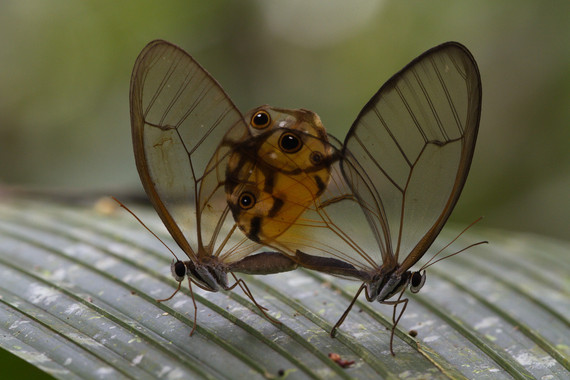
La reproducción sexual ha prevalecido por los machos que cooperan en la crianza
Dos investigadores españoles han llevado a cabo un estudio que explica por qué la reproducción sexual se ha mantenido en el tiempo, teniendo en cuenta que es la mitad de […]
-
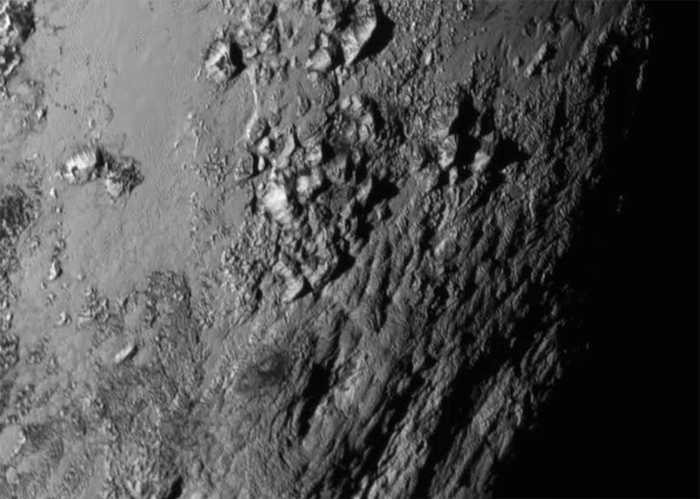
Izotzezko mendi garaiak Plutonen
3.500 metroko mendiak ikusten dira NASAk zabaldu duen Plutonen azken irudian. Eta Karonen irudi berri bat, etaHidraren beste bat ere bidali ditu New Horizonsek.
-
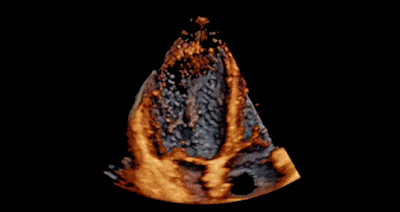
This Is What Your Heart Looks Like in High Definition and Real-Time
New technology is giving physicians a lifelike view into the human heart, allowing them to see intricate structures like chambers, valves, and vessels in 3D images strung together to show […]
-
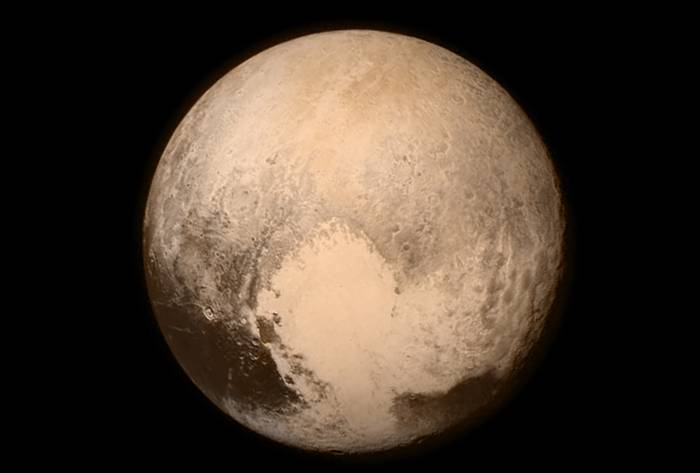
Arrakastaren seinalea iritsi da Plutondik
Espero bezala, goizeko 3ak baino lehentxeago deitu du New Horizonsek etxera, eta dena ondo joan dela esan du. Orduan hasi da NASAn benetako ospakizuna: txalo-zaparradak, banderatxoak alde batetik bestera… “Espazio-ontzia […]
-

Science, values and the limits of measurement
Metrics play a growing role in managing research. But to understand their limitations, we need to draw on the humanities.
-
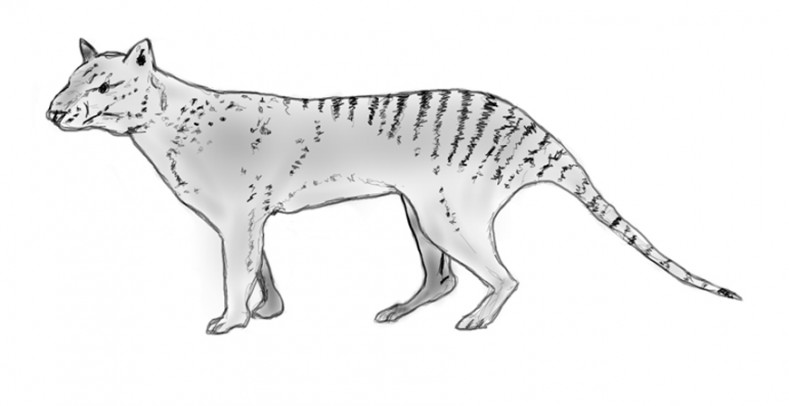
La mano humana ha evolucionado menos de lo que se pensaba
A lo largo de la historia evolutiva de los humanos, la estructura de la mano moderna ha cambiado poco desde que humanos y chimpancés compartieran un ancestro común hace millones […]
-
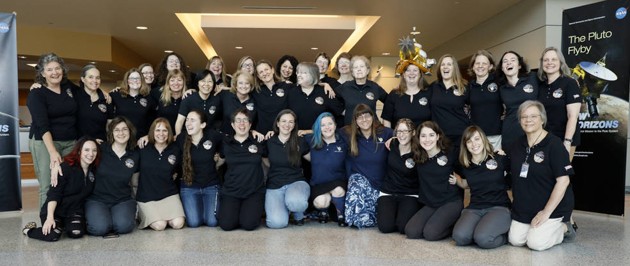
The Women Who Rule Pluto
The New Horizons team may include more women staffers than any other NASA project in history.
-
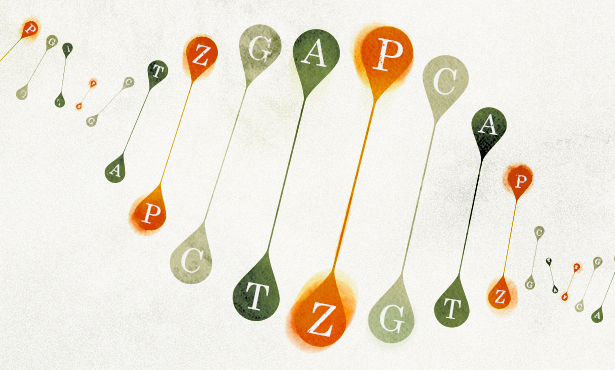
New Letters Added to the Genetic Alphabet
Scientists hope that new genetic letters, created in the lab, will endow DNA with new powers.
-
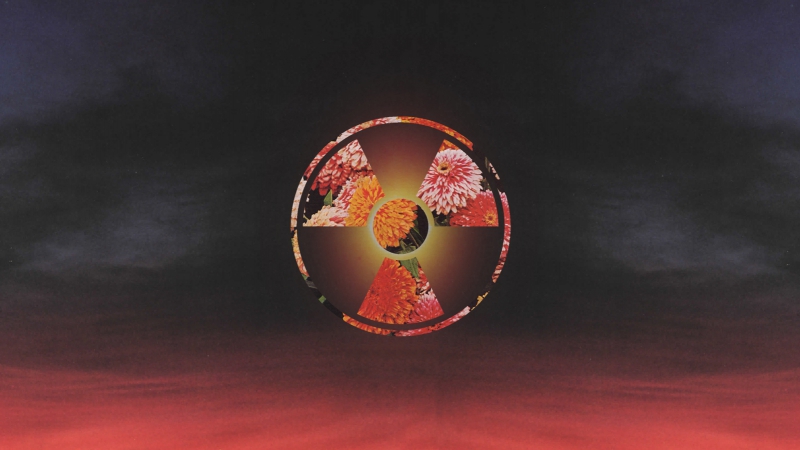
Is your fear of radiation irrational?
Radioactivity stirs primal fears in many people, but an undue sense of its risks can cause real harm.
